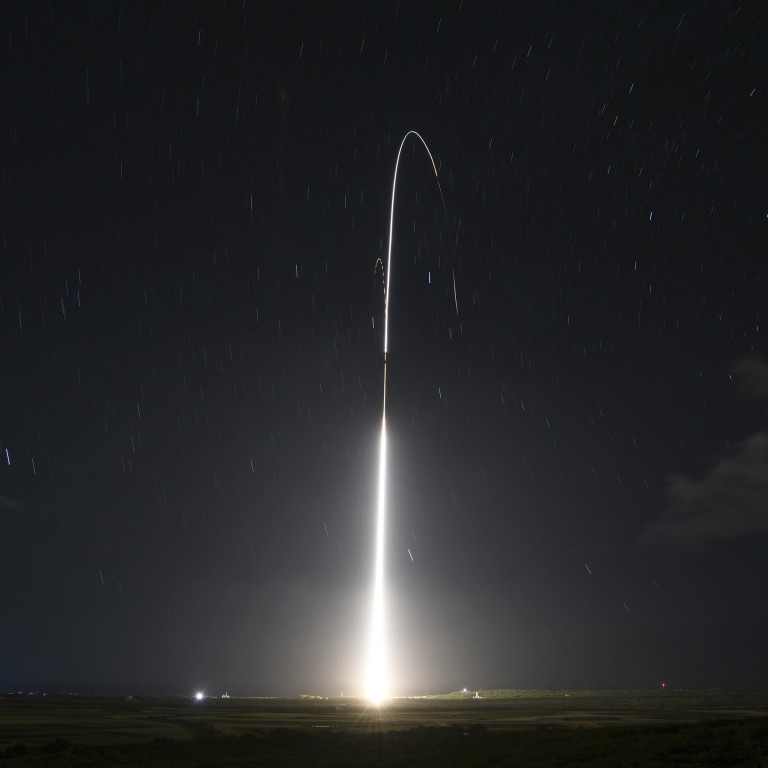
US Pacific army chief wants Aegis Ashore defence system in Guam amid ‘threat’ from China
- Admiral Philip Davidson says the system needs to be operational within five years if the US is to stay ahead of its regional rivals’ technological advances
- His request comes just weeks after Tokyo cancelled plans to construct two of the anti-missile installations in Japan
“I will say that my No 1 priority and the most important action that we can take to rapidly and fully implement the National Defence Strategy as a first step is a 360-degree persistent and integrated air-defence capability in Guam,” Davidson said in an interview with National Defense magazine.
What’s next for Japan’s defence after scrapping US Aegis Ashore system?
Describing Aegis Ashore as the “Homeland Defence System Guam”, Davidson said it would complement the Terminal High Altitude Area Defence (THAAD) system that is presently deployed on the US island territory to protect Andersen Air Force Base and Naval Base Guam, centred on Apra Harbor.
North Korea threatened to carry out a missile attack against the island in the summer of 2017, warning that its ballistic missiles could travel 3,500km to deliver “enveloping fire” around Guam.
Of far greater concern, however, is China. Davidson said the 360-degree coverage was needed to help defend Guam given the “threat capability” manifesting from China in the future, “whether it’s ballistic missiles from the land, or whether it’s ballistic or cruise missiles from air and maritime platforms”.
Lance Gatling, a Tokyo-based aerospace and weapons analyst, said Guam’s geographical location made it an important base of operations for the US military in the western Pacific and, consequently, a critical target for Washington’s enemies should a conflict erupt in the region.

“Guam has long been a key staging point for the US, in both naval and air operations, and it was from there that long-range bombers operated against targets during the Vietnam war,” he said. “It is going to become even more important as the US Marines move more of their personnel from Okinawa to Guam.”
Gatling also believes the Aegis Ashore in the western Pacific will be used to complement existing American anti-missile defence installations in Alaska and California, designed to intercept long-range ballistic missiles aimed at the continental US.
“From the standpoint of missile defence, Guam is in a very decent position to have a shot at any missiles on a trajectory for the US,” he said.
Chinese, Russian killer satellites ‘seen approaching’ Japanese craft
It will not, however, be able to provide anti-missile cover for any weapons aimed at Japan, he said, as there would be insufficient time to detect a launch, plot a trajectory and likely target and then launch an interceptor before the missile reached its destination.
The Japanese government said its decision to withdraw from plans to construct two Aegis Ashore bases – one in the north facing the Korean peninsula and the second on southern Japan and designed to counter Chinese threats – was based on the cost. The system had, however, met strong resistance from local residents near the sites earmarked for the bases.
Admiral Davidson is requesting US$5.2 billion over a five-year period from 2021 to deploy Aegis Ashore in Guam. Analysts say it is likely his request will be approved as the US Congress has embraced the idea of a Pacific Deterrence Initiative designed to counter Beijing’s increasingly expansionist attitude in the region.

